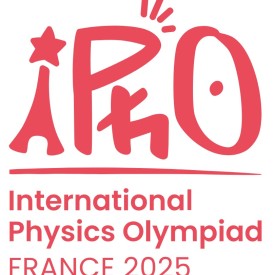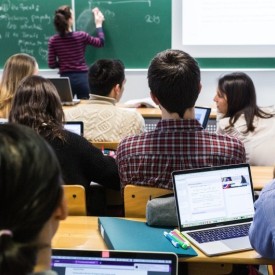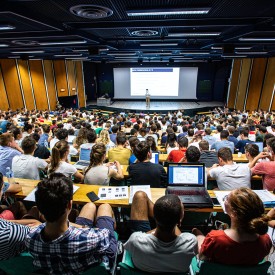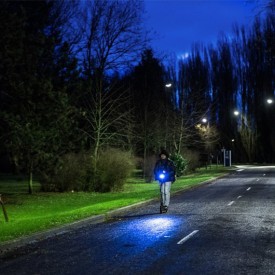- Accueil
- Éducation
- Départements D’enseignement et de Recherche
- Département de Physique
Département de Physique
Actualités et évènements
NEXT GENERAL PHYSICS SEMINAR!
A NEW WINDOW INTO THE STRONG FORCE
by Professor at Ecole Polytechnique, Laboratory Leprince-Ringuet
Emilie MAURICE
THURSDAY DECEMBER 18, 2025
5 pm - 6:15 pm
LECTURE HALL PIERRE FAURRE
ÉCOLE POLYTECHNIQUE
Présentation du département
L'ensemble des enseignements (cours magistraux, séances d'exercices et de travaux pratiques) sont pris en charge par des scientifiques confirmés, possédant une réputation internationale bien établie dans leur domaine. Les étudiants ont ainsi la possibilité d'être en contact, en petits groupes, avec les meilleurs experts du sujet enseigné. Cette pratique diffère de l'organisation universitaire classique, qui confie cette tâche à des enseignants plus jeunes (en France) ou à des étudiants de doctorat (aux USA par exemple).
Accès et contacts
Se rendre au département :
Adresse postale :
Département Enseignement-Recherche de Physique
École polytechnique
91128 Palaiseau
Bâtiment 5
Le Secrétariat est situé au 2ème étage
Pièce 05.30.78 « Département de Physique »
Contacts principaux au département :
Président du Département :
SANCHEZ-PALENCIA Laurent
laurent.sanchez-palencia@polytechnique.edu
Contacts au secrétariat :
Sylvie Pottier (Mme)
Jessy Verin (Mme) 01 69 33 40 20
Jean Souphanplixa (M.) 01 69 33 40 21








 Je soutiens l'X
Je soutiens l'X 